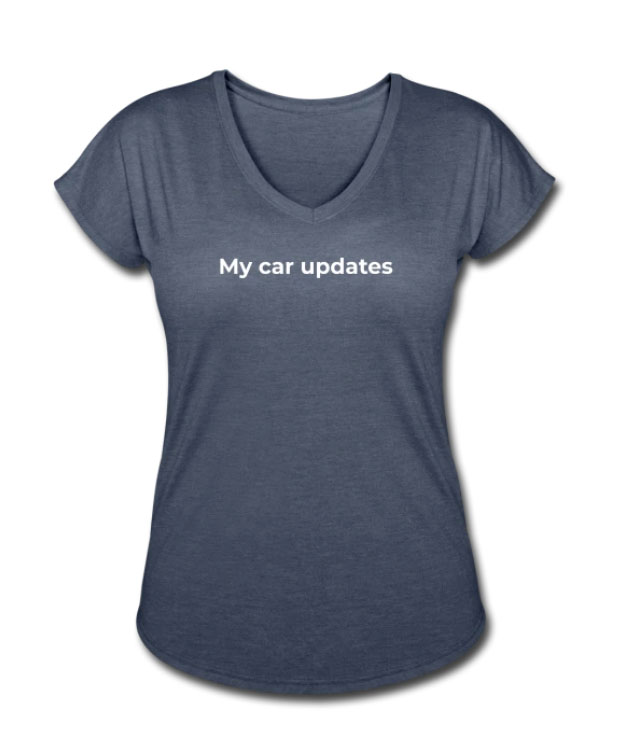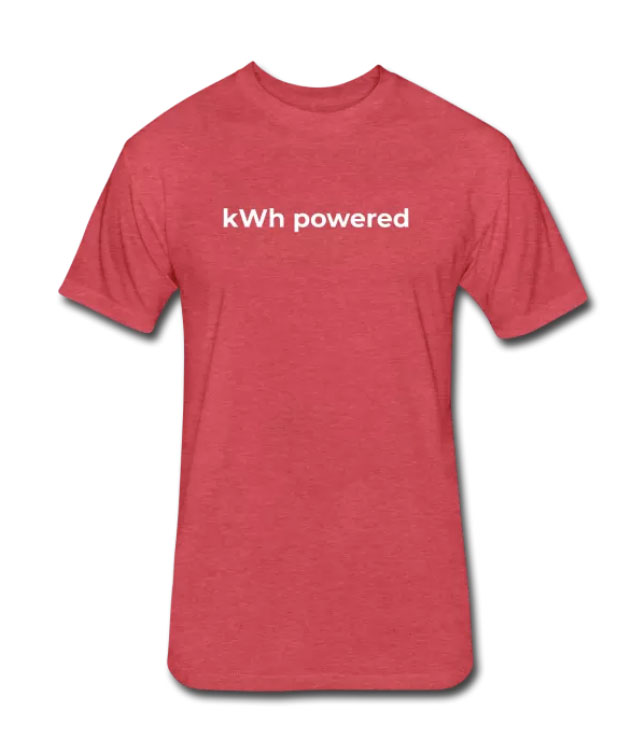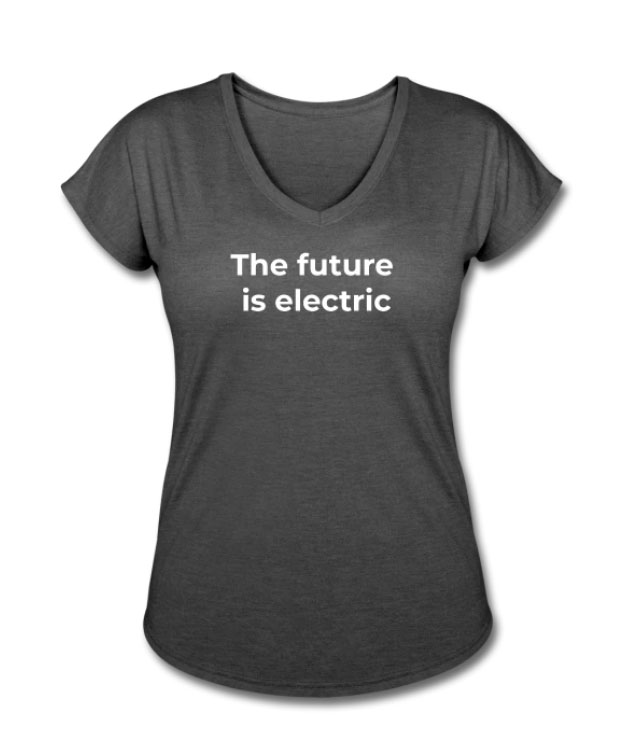This is a guest blog post by Truong-Thang Pham from Tesla Owners of East Bay. He is also the owner of Savage Xpress, a detail/wrap shop located in Milpitas, CA. As a professional car detailer and Tesla enthusiast, he has come across many customers who want to take care of their vehicle’s paint but don’t know where to start or in what direction to go. In this article, he walks us through some paint protection options that will be helpful.
Paint Protection Basics
When they’re fresh out of the factory, the car’s paint is composed of the following layers:
- Primer
- Base coat (color)
- Clear coat
The overall thickness of our vehicle’s paint is measured in Microns. The average Tesla paint is between 120-150 Microns. The clear coat itself is only 30-50 Microns thick so once the clear coat gets scratched, swirled, eaten by everyday driving and contaminants, or gone the base coat paint underneath won’t last long against the elements and will give look faded and dull.
Before ceramics and Paint Protection Film existed, our only options were wax or polymer sealants. Waxes and sealants add a layer of protection to the clear coat to keep it fresh and greatly extends its life. Sealants make washing the car much much easier. Bugs and road grime sticks to clear coat very well and is hard to wash off. By adding a thin layer of sealant, cleaning usually only requires a little soap and the highest setting on your hose nozzle.
These sealants work just as well when applied to PPF or vinyl wraps as well. Unless you are taking your car straight from the factory to the ship to have some sort of paint protection applied, the first thing you should do after taking delivery is properly washing the car and apply a sealant of some kind. Wax and sealants are a good idea to temporarily protect your paint while waiting to get ceramic coatings or PPF but it’s not feasible over time because it’s too time-consuming to apply and often wears off within a few days or weeks depending on driving conditions.
Paint Protection Film (PPF)
It is a thick sheet of film that will protect your car from minor chips and abrasions from small road debris such as rocks. XPEL, 3M, Suntek PPF are all roughly 0.3 mm thick, have self-healing properties, (meaning it will return to its normal shape with heat as long as it’s not cut all the way through), and protect your paint from the elements.
PPF is the most expensive paint protection method due to the high cost of the material and the amount of skill required to be properly installed. It is also the most effective way of keeping your paint from being damaged by rock chips, scratches, and abrasion over time. It can be applied either to certain high-risk areas such as the front bumper, hood, fenders the entire car depending on your budget. It is offered in a variety of finishes from clear to matte or glossy and recently glossy black and Matte black.
Color vinyl wraps
Vinyl wraps another way to protect your car’s paint. However, its main purpose is aesthetics (change of color) so it won’t provide the same level of protection as the PPF. Any surface protection on your paint will help but vinyl wraps are only .01mm thick on average and are not self-healing. Some brands are thicker and do offer better protection, but if you must and have the funds to do so, you can wrap to change the color of the car or add designs and then cover the vinyl in PPF.
Ceramic coating
People often mix up the benefits of PPF and ceramic coating and thus are unsure which one to get. Ceramic will do little to nothing to protect your paint from rock chips and/or deeper scratches. However, it will protect it from swirl marks, iron deposits, UV damage, and fine dirt/sandblasting the front while driving. Basically, the ceramic coating is like wax on steroids and can’t be easily be removed. Ceramic will also last for years instead of weeks or months compared to traditional wax and sealants. Like waxing, ceramic coatings are hydrophobic and make routine washes go much faster due to bugs, dirt, and grime coming off much easier. In short, if you have the time or money to spend, don’t plan to keep your vehicle for long, or are not ready to spend too much money, go with ceramic coatings. Otherwise, if you have time and patience you can wax your car every other week or month.
In the end, you need to ask yourself the following questions:
- What level of protection you want for your paint
- How long are you planning to keep your car
- How much money are you willing to spend
PPF is going to cost more but in the long run, it’ll add resale value and save you from the headache of worrying about scratches and rock chips. Vinyl wraps cost a lot less than PPF but more than ceramics and are for more aesthetic purposes. Ceramic coatings are more DIY friendly but still take a moderate skill level for the paint correction process. Over-the-counter kits are available for ceramics but like over-the-counter medicine, they are far less effective than professional-grade ceramics. The process is moderately simple but very time consuming and painstaking. I highly suggest leaving it to the professionals who have the experience and all the proper lighting and UV heat lamps for faster cure times.
I hope this write up helps everyone have a better understanding of each paint protection option so that you can make it easier to decide when you’re ready to contact a shop to get the work done. If this helps I can also create a write up of aftercare for each service option. Feel free to comment or private message me if anyone has any questions or need help with what direction you should go with protecting your paint.
Have questions? Reach out at contact@tesletter.com
Have you not ordered your Tesla yet? Use my referral code http://ts.la/ignacio9266



